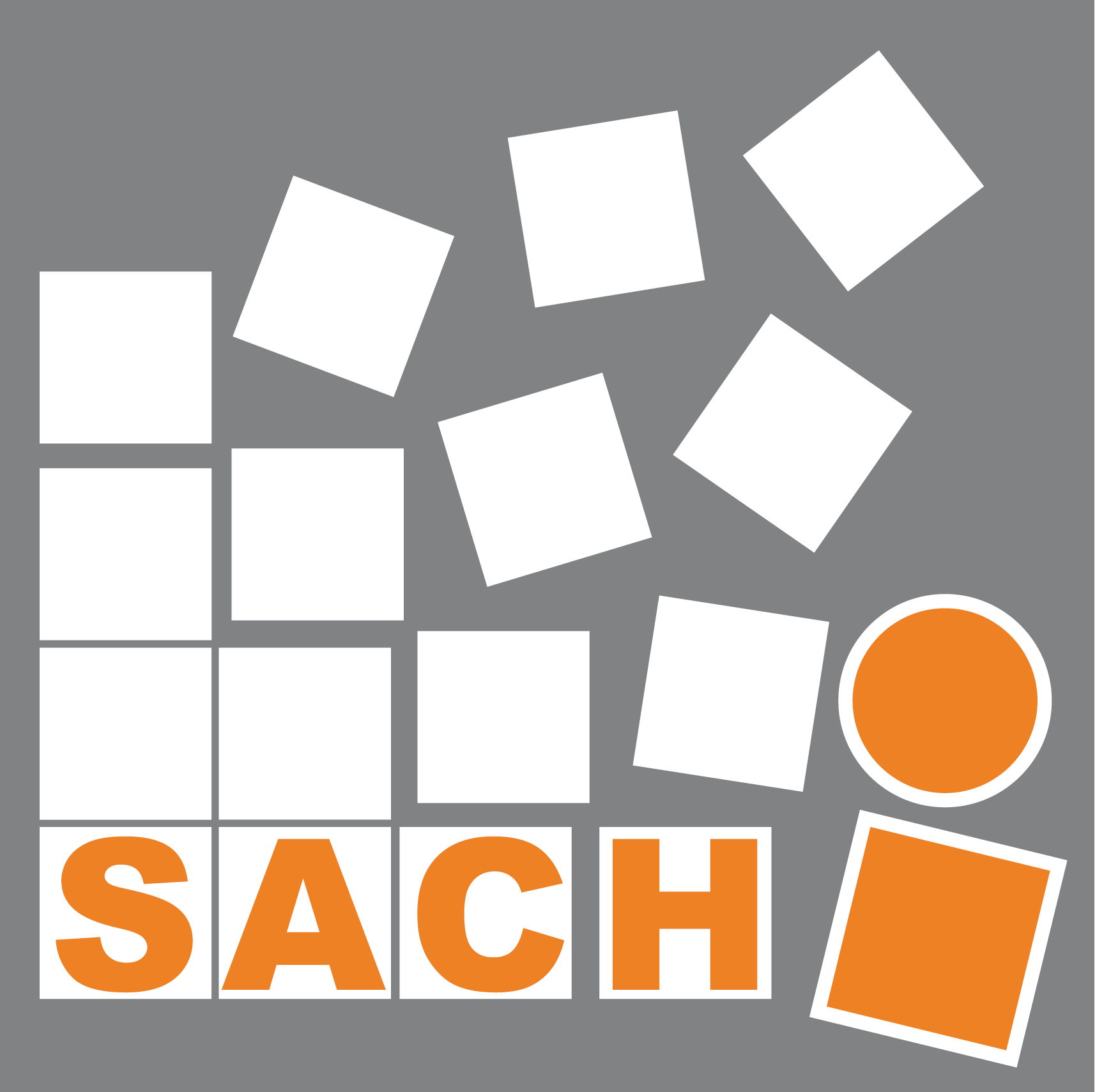Two weeks ago Aaron Quigley, Jakub Dostal and Max Nicosia attended a Schloss Dagstuhl on Proxemics in Human-Computer Interaction which Saul Greenberg, Kasper Hornbæk, Aaron and Harald Reiterer organised. The topic relates to ongoing research here eg. (DiffDisplays) in SACHI and in other groups around the world.
In disciplines like architecture and interior design, knowledge about proxemics has been used for decades to model use of space for face-to-face interactions, urban planning, and environmental design. In human-computer interaction (HCI) and human-robot interaction (HRI), however, the use of proxemics is fairly new, and both disciplines just started to employ proxemics and related theories and models (e.g., Hall’s theory of proxemics in his book “The Hidden Dimension”) to design new interaction concepts that act on proxemics features. However, work on understanding how proxemics can be used for HCI (and HRI) has only just begun (e.g., Proxemic Interactions). We started with the use of Greenberg et al.’s dimensions on Proxemic Interactions and Pedersen et al.’s Egocentric Interaction Paradigm and a keynote from Saul and Nic flowing from their paper you can see here Proxemic interactions: the new ubicomp.
The structure of the seminar started with the four pillars of application, technology, vision, and theory that were equally exposed in early stage break-out seminar activities. Following from 16 mini-talks we had numerous breakout sessions on each of the pillars and other topics which emerged over the week.
The week was quite excellent to discuss research ideas, new directions and plans for the future.

Proxemics in Human-Computer Interaction participants





